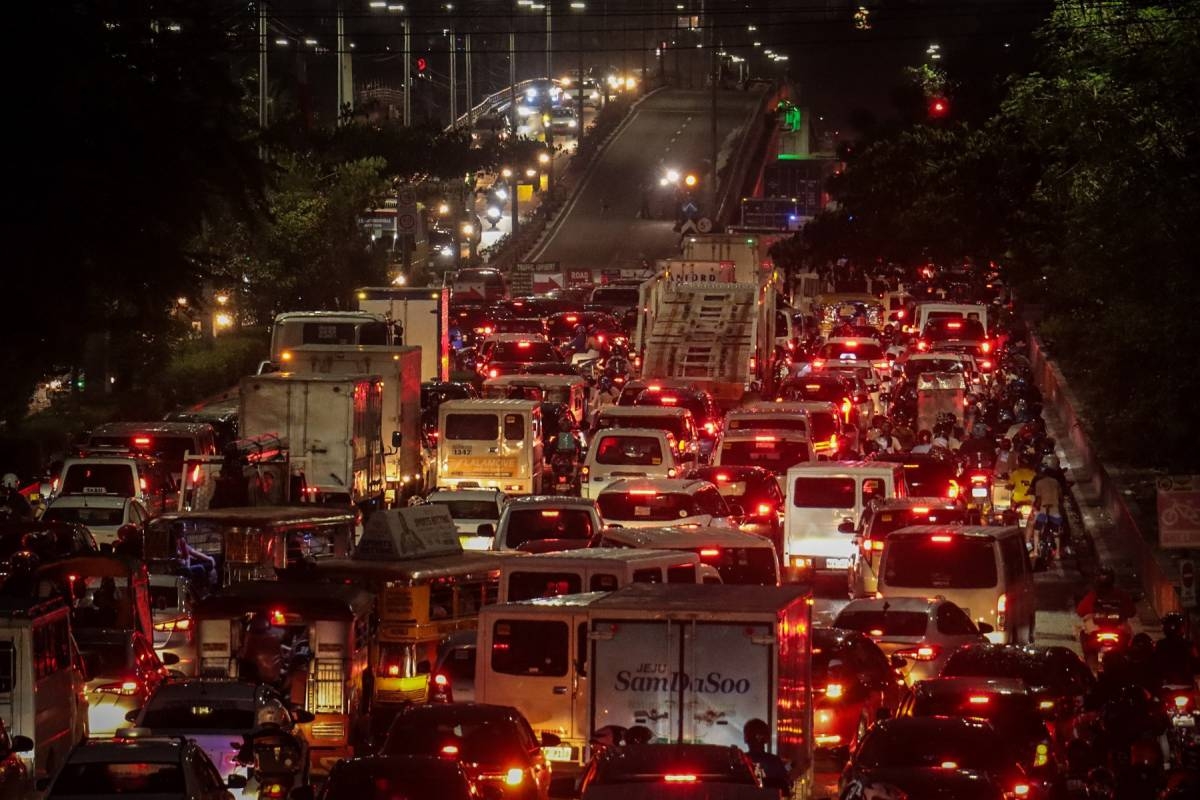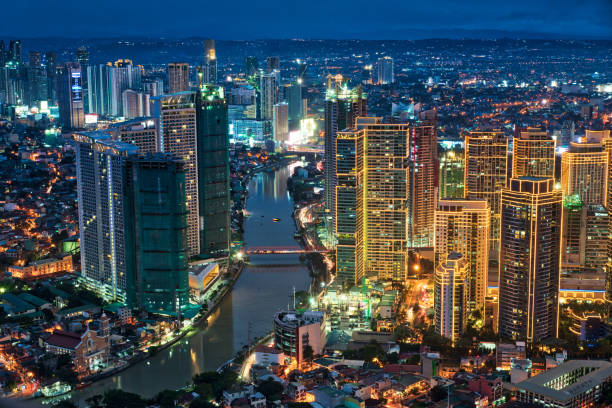According to the latest Tomtom Traffic Index, Manila, the capital city of the Philippines, has been ranked as the most congested city in the world. The index, which is based on data collected from various sources, reveals that Manila has the highest traffic congestion levels compared to other major cities around the globe.
In 2023, the average travel time per 10 kilometers in Manila was recorded at 25 minutes and 30 seconds, slightly higher than the previous year’s average of 24 minutes and 50 seconds. This congestion level is measured at 52 percent, indicating that more than half of the time spent on the road is in traffic. As a result, motorists in Manila lose an average of 117 hours per year during rush hours, with an average speed of only 19 kilometers per hour.
The Tomtom Traffic Index also highlights other cities that face significant traffic congestion. Lima, the capital of Peru, ranks second on the list with an average travel time of 24 minutes and 20 seconds per 10 kilometers. Bengaluru in India, Sapporo in Japan, and Bogota in Colombia complete the top five, all with travel times ranging from 23 minutes and 30 seconds to 23 minutes and 50 seconds.
Taiwan also makes an appearance in the top 10, with Taichung and Kaohsiung ranking 6th and 8th, respectively. Mumbai and Pune in India secure the 7th and 9th spots. Nagoya in Japan takes the 10th position. Additionally, cities like Brussels in Belgium, Geneva in Switzerland, and Tokyo in Japan are among the top 15 most congested cities.
The Tomtom Traffic Index defines a metro area as a circle covering both the city and the rural areas in close proximity. The methodology used in the index involves collecting floating car data from various sources to assess and rank cities based on their average travel time. This data spans a total of 551 billion kilometers and provides valuable insights into traffic patterns and congestion levels.
Tomtom emphasizes that travel time in different cities is influenced by multiple factors. Quasi-static factors, such as road infrastructure, and dynamic factors, such as traffic congestion, play a significant role in determining the overall travel time. By analyzing these factors, Tomtom is able to provide detailed information on traffic patterns, speeds, accelerations, and distances traveled.
The Tomtom Traffic Index serves as a valuable resource for individuals and organizations seeking to understand and navigate through the challenges of traffic congestion. By providing free access to city-by-city information, the index enables users to make informed decisions regarding their travel routes and schedules.
On January 17, Tomtom released the full list of the most congested cities on its website. The index covers 387 cities across 55 countries and 6 continents, offering a comprehensive overview of global traffic conditions.
In conclusion, Manila’s top ranking in the Tomtom Traffic Index highlights the urgent need for effective traffic management strategies in the city. As traffic congestion continues to worsen, it is crucial for local authorities to invest in infrastructure development, implement efficient public transportation systems, and explore innovative solutions to alleviate the burden on motorists. By addressing these challenges, Manila and other congested cities around the world can strive towards a more sustainable and efficient transportation network.







